How To Navigate A Boat
 Heading out on a marine adventure that takes you further away than you’ve ever been can be a fun and rewarding challenge. After all, your boat is made to go the distance, allowing you to explore the world around you. You will, however, need to know some basic navigational skills in order to chart an accurate course to your destination without getting sidetracked or completely lost. Without the know-how and the proper tools, you could find yourself miles from your destination and you’ll have to struggle to find your way back, particularly if your GPS kicks out on you.
Heading out on a marine adventure that takes you further away than you’ve ever been can be a fun and rewarding challenge. After all, your boat is made to go the distance, allowing you to explore the world around you. You will, however, need to know some basic navigational skills in order to chart an accurate course to your destination without getting sidetracked or completely lost. Without the know-how and the proper tools, you could find yourself miles from your destination and you’ll have to struggle to find your way back, particularly if your GPS kicks out on you.
Dunfords of Havelock is your local boat dealership and we’ve got the essential information you need to successfully learn how to navigate a boat below.
Navigational Tools
Before we had the handy geographic positioning systems we do today that rely on satellites circling the Earth to give us pinpointed coordinates and elaborate online map systems, navigating used to be a much bigger undertaking. Paper charts and maps, compasses, parallel rules, a timepiece and dividers were some of the tools necessary to chart a course from one place to the other.
The courses were hand-plotted on charts and their relative accuracy was gauged by using observational techniques of the surrounding land and sky. Lengths of rope with tied knots at regular intervals were tossed out the rear of the boat to allow a sailor to count up how many ‘knots’ the boat was going. This measurement turned into the modern-day nautical mile measurement system. One nautical mile is equivalent to 6,076 feet or 1/60 degrees of latitude.
GPS devices are used in modern times, obtaining signals from satellites to determine the user’s location. This is a highly accurate and fast system that requires little work on the part of the navigator, who can then chart a course with high precision. There are even resources to help account for currents and wind speeds. Even a common smartphone has access to online mapping systems to allow for simple navigation.
But as you’ll know if you’ve ever experienced a phone reset or blue screen on a computer, technology isn’t always 100% reliable, and you never want to find yourself out in the middle of nowhere with a broken device and no means of getting back on course. This is why knowing how to access some of these older navigational techniques can be useful to you. You may also simply wish to broaden your personal knowledge and connect with the history of mariners past.
Dead Reckoning
The main means of navigation before modern times was called “dead reckoning,” which is a technique that is hundreds of years old. The term first appears in the Oxford English Dictionary in 1613, in fact, and they have a theory that “dead” may refer to the quality of being “absolute” or “precise,” although the etymology is murky.
Dead reckoning necessitates the establishment of a “fix,” another term for one’s starting position that is deduced via external reference points. This “fix” allows the navigator to figure out from there how to get where they desire to go. Based on how many knots you’re traveling and the direction you’re heading in, those external reference points are used to figure out how long it will take you to get where you’re going.
This method isn’t used as much anymore due to the high margin for error and reduced accuracy. If a fix is incorrectly established, every subsequent measurement will be off, leading you further and further astray. Tides, currents and winds also don’t factor into it, and each of these can change the speed and course of your boat. Combining dead reckoning with your GPS to get accurate fixes and make necessary adjustments is the best idea for successful navigation.
Plot Your Course Using Bearings
If you aren’t planning to sail in a straight line, then you’ll need a series of points on your chart that dictate the path you’ll follow. These points are called “bearings,” and similar to a “fix,” they are miniature destinations that let you maneuver around jagged coastlines and islands. Plot bearings using a compass and parallel rule, to draw the “legs” between your bearings once you determine where they will be, then figure out the distance between them with the map scale.
The map scale reduces mileage to fractions of an inch or centimeter so you can extrapolate distance. Once you’ve got your bearings, you’ll have a good idea of how to get where you’re going and approximately how long it will take you to travel that distance.
We hope our guide has helped you to learn the basics behind navigating! Seeking boats for sale near Peterborough? Visit our dealership in Havelock to see what we’ve got available. Our staff will be happy to help you find the craft you’ve been looking for. Dunfords of Havelock proudly serves the cities of Belleville, Kingston, Kawartha and Oshawa, ON.

.png)